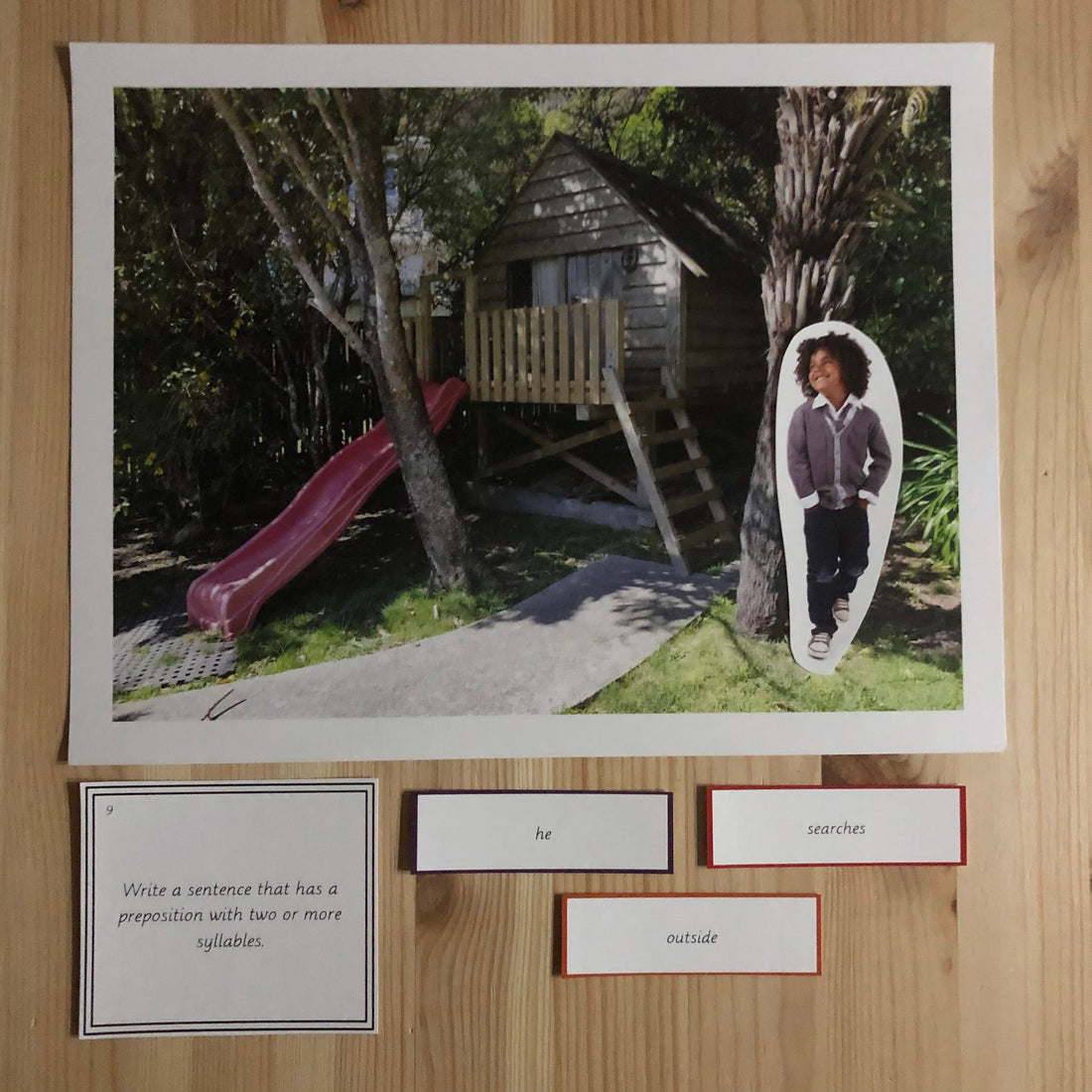
How Montessori Miniature Environments Develop Language
Share
Montessori miniature environments are a must-have for your teaching toolkit. Your language learning environment isn’t complete without them!
Specifically, they’re an essential resource for language development. They help to build sophisticated vocabulary and grammar comprehension through exploration and discovery.
As with all Montessori materials, miniature environments consider and encourage the whole child. Children physically and mentally interact with the materials. By doing so, they're encouraged to explore the concepts in whichever way they find meaning.
Every miniature environment consists of: a picture of an environment such as the ocean, loose pictures of related objects, and appropriate word labels.

Miniature environments such as this are a wonderful step up from the miniature play environments introduced at preschool age. They allow children to explore and familiarise themselves with new environments whilst expanding their vocabulary and grammar comprehension.
Your children's inquisitive minds are likely to be spurred into action. Expect questions and discussions galore!
How To Use Miniature Environments With Your Children
6-9 Year Olds
The Miniature Environment can be introduced after the key lessons and some initial lessons on each respective part of speech.
Initially, the first activity will be with nouns. The child places the pictures or objects in the environment in any way they choose and then they place the labels down. This provides an opportunity to explore the new environment and the associated terms. This will build their reading confidence whilst expanding their vocabulary.
As the child's reading ability increases you can add in more parts of speech.
9-12 Year Olds
As your children grow, their confidence and knowledge of language can continue to develop with the help of miniature environments. It is good if students can practise with a different miniature environment to the one they had in the 6-9 class. By doing so, your children will familiarise themselves with the parts of speech fundamental to grammar knowledge and start making connections between their learning in their 6-9 grammar environment and their new learning.
Every label in miniature environments is intentionally colour coded to match the Montessori Grammar Symbols. For example, black for a noun, purple is a pronoun.
Your children can observe similarities and differences in these colour codes. Through play and careful observation of pattern, they can independently discover the types of speech represented by each colour.
Your older children can also play with word placement and sentence structure. There is endless fun to be had interacting with multiple combinations.
Verbs, prepositions and adjectives can easily be switched around. In this way, your children will discover and develop language skills. In particular grammar comprehension through meaningful application.
Interaction with the labels solidifies language acquisition because it's tangible and authentic. Your children can clearly see how a wrongly placed noun or omitted article has an impact on the grammar of a sentence.
As your children progress with their reading and comprehension, you can continue to challenge and develop language skills with miniature environments.

Miniature environments are an adaptable resource your children can use as they grow. They provide a wonderful opportunity for your children to discover and understand the intricacies of language within the context of the real world.
You can read more about a Montessori Language programme here
You can see my Miniature environments here.
